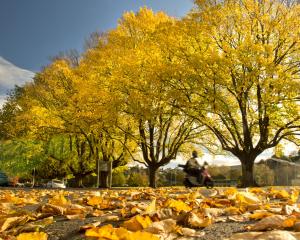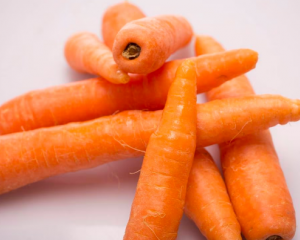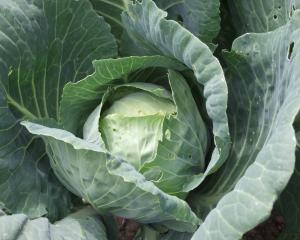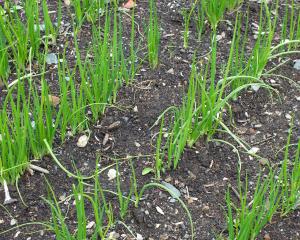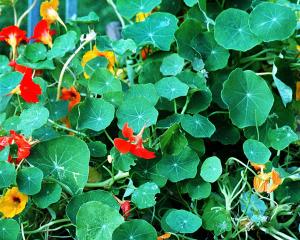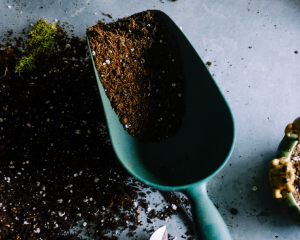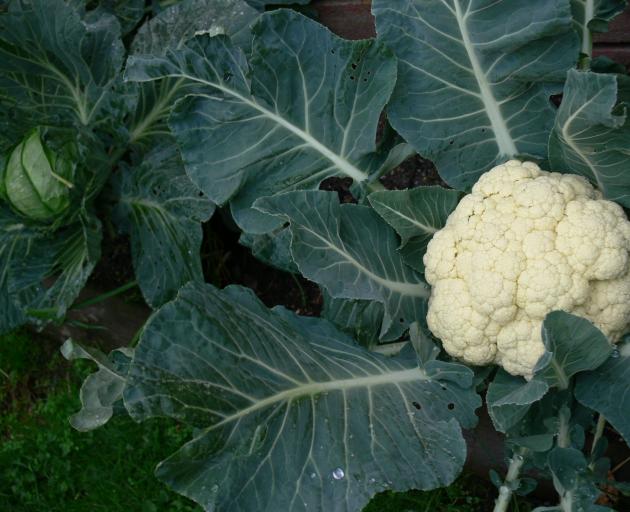
By now, cooler areas may have had a touch of frost but in all regions carrots, being cold-tolerant, can be left in the ground until August, then lifted and heeled into the soil.
Lettuce can be sown from now until early April in gardens with suitable conditions for growing them over the winter. Select hardy types and grow them under cloches or in large pots on a sunny porch. Autumn-sown lettuces need well-drained soil, rich in compost. Adding coarse river sand will help lighten heavy soils. Sow seed sparingly in rows 25-30cm apart and press the soil gently but firmly.
Onions can be sown now to stand over winter. Select an open, sunny place, adding well-rotted compost. Onions do well in well-limed soils.
Runner beans will produce until frosted. Covering them at night will help delay the inevitable and if tender herbs and vegetables are grown nearby, a frost cloth can cover the entire area and prolong harvesting.
Cauliflowers and celery respond well to feeding and watering if the weather is dry. Cauliflowers reaching maturity should have their outside leaves turned over, protecting the curds and preserving their whiteness. Derris dust will keep white butterflies away, as will planting pyrethrum (Chrysanthemum cinerarifolium) in the same plot.
Sweet corn should be harvested at the milk stage and tastes best when cooked within a few hours of harvesting.
Flowers
This is the month to plant bulbs for spring displays. Making excellent companions for daffodils are old-fashioned, sweet-scented red-brown wallflowers planted beside a late-flowering variety of daffodil.
Southern gardeners have it over their northern counterparts when it comes to tulips for these hardy bulbs prefer winters that chill them thoroughly and are intolerant of humid conditions. They like a sunny spot and can be left for years, although lifting them when the foliage dies down is recommended.
Crocus corms and Iris reticulata are seen better if planted along the edges of paths, while glory of the snow (Chionodoxa luciliae), snowdrops (Galanthus) and bluebells (Hyacinthoides) are good for rose beds or used to cover bare ground under trees.
Hyacinths and narcissi planned for bowls should be planted as soon as possible. Set bulbs in potting mix, allowing 2.5cm space between them, and cover with mixture. Water freely and stand in a cool, dark place until shoots are about 2.5cm long. Move bowls to a well-lit position and keep soil moist, although not waterlogged.
Rambling roses will have completed their flowering season and can now be pruned. If there is plenty of new growth at ground level, cut old branches that have borne flowers. If new growth is scanty, remove worn or diseased wood and cut back faded flower trusses and seed hips. A liberal dressing of compost or commercial rose fertiliser will encourage growth next season.
Fruit
Tomatoes grown outdoors will be producing now and may need covering at night as a precaution against frost. Reduce watering to encourage the crop to ripen before hard frosts kill the plants or ruin unripened fruit. Remove any leaves shading the fruit clusters and pinch out the vigorous side shoots which can appear.
Glasshouse tomatoes should be given the same treatment to keep them fruiting for as long as possible.


